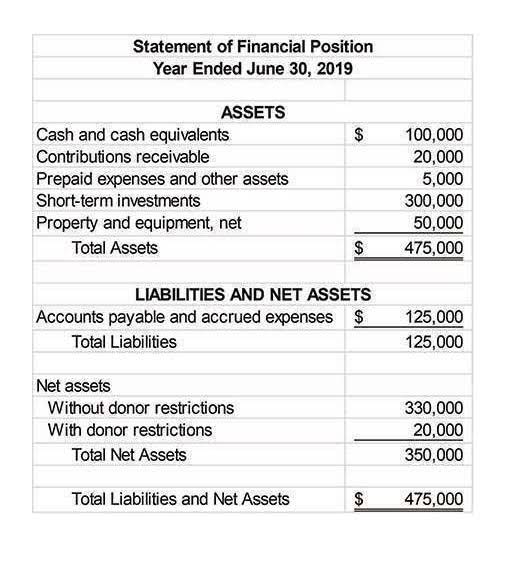
I recommend that buyers and sellers use fob to simplify international shipping and avoid misunderstandings. FOB (Free On shipping point Board) is primarily designed for use with sea and inland waterway transport. According to Incoterms rules, FOB applies when goods are delivered on board the ship at the named port of shipment. This makes FOB ideal for cargo transported by bulk vessels, container ships, or barges navigating inland waterways.

What FOB Shipping Means for the Buyer (XYZ Electronics)
Also, he will have to prepare documents like ocean freight receipts, insurance receipts, goods invoice, and all other necessary documents required for clearing import procedures. FOB terms can make trade smoother for both parties, as it clearly outlines the responsibilities each side has, thus reducing misunderstandings. To mitigate these risks, both parties should establish clear terms and consider obtaining comprehensive insurance coverage.
FAQ 3: Who pays for damaged goods during loading?
- Whether it’s deciding who files claims for damaged goods or determining the final price, FOB terms affect every aspect of the shipping process.
- Documenting ownership transfer would become smooth and clear and indicate legal liability, too.
- Having said that, buyers and sellers should take the time to study and understand FOB designations to avoid any problems.
- Be sure to ask your forwarder if they can communicate with the supplier or prefer you to organize all communication.
We are dedicated to providing customers with efficient and cost-effective transportation solutions for their FCL&LCL and AIR cargoes. This division of duties traces each party’s distinct responsibilities in facilitating the seamless movement of goods from the seller’s warehouse to the buyer. FOB destination denotes that the seller maintains ownership as well as responsibility for the goods until they reach the customer’s selected destination.
- Free on Board is the term used in shipping to specify which party is responsible for the shipped goods and where the responsibilities begin and end.
- Whether it’s “FOB Origin” or “FOB Destination,” these terms spell out whether the buyer or seller pays the freight charges and at what point ownership passes between the two parties.
- There are various types of FOB, and each has its rules on ownership, risk, and responsibilities.
- When FOB shows up in shipping documents, you’ll see it used in four different ways.
- Great examples include one-off shipments outside of your normal carrier coverage, areas with language barriers, and anywhere you can’t source a lower rate than the seller can.
- In the early days, whatever port they were leaving from — today, that can be wherever the transfer process starts.
FOB Origin vs. FOB Destination

As a result, EXW places minimal responsibility on you as a shipper and maximizes responsibility on the buyer. The terms Freight Collect and Freight Prepaid further clarify who pays for the shipping costs. Freight Collect means the shipper will pay transport costs, while the Freight Prepaid means the buyer will pay transport expenses. FOB will be included with these notations in domestic shipping documents like the Bill of Lading (BoL) and Purchase Orders (PO). Clear communication between sellers and buyers is crucial for smooth shipping operations and fluid transactions.
- For example, it’s commonly thought that FOB means all of the seller’s costs are covered by the buyer.
- Also known as “FOB Shipping Point,” this term means the buyer assumes both ownership and all freight costs right from the seller’s location or originating port.
- Ultimately, FOB helps prevent any argument or issues in the shipping process, pre-determining where responsibility lies to avoid any confusion.
- Wisor automates document workflows, ensuring that each shipment follows the appropriate process based on its specific terms and conditions.
- Under CPT, or “carriage paid to,” the seller pays for delivery of goods to a carrier or nominated location and assumes risks until the carrier takes possession.
- You can negotiate better pricing and terms by understanding the cost implications of different types of FOB.
- Join the digital logistics world and access a vast network of vetted freight forwarders from one single place.
These rules help buyers and sellers clearly define responsibilities and costs when moving goods across borders. FOB status says who will take responsibility for a shipment from its port of origin to its destination port. It indicates the point at which the title of the goods transfers from the trial balance seller to the buyer, and therefore who needs to cover the costs of transit and deal with any issues.
Incoterms (International Chamber of Commerce)
The term’s usage has changed since then, and its definition varies from one country and jurisdiction to another. The phrase “passing the ship’s rail” was dropped from the Incoterm definitions in the 2010 amendment. Since 2009, we’ve grown from a one-man shipping operation to one of the industry’s leading transportation logistic companies.
Risk Management in FOB Shipping
FOB terms are fundamental components of international trade agreements that protect the rights and interests of buyers and sellers by clearly defining roles and obligations. Mastering freight terms related to FOB shipping is not just beneficial; it’s necessary for anyone looking to navigate the intricate landscape of commerce. Whether transporting goods across borders or within the same country, a thorough comprehension of FOB rules can safeguard your interests and streamline operations. As we’ll explore in this blog, grasping the nuances of FOB shipping will empower you to make informed decisions and foster smooth transactions in the competitive world of logistics. In FOB Origin, the risk passes from the seller to the buyer the moment the goods are placed on board the vessel.
Under FOB Origin, all risk is transferred at the time of loading onto the ship. This results in buyers facing the chance of loss or damage from transport if their goods are not insured or secured Bookkeeping for Startups on their own. To fully grasp the concept, it’s important first to understand the difference between place of origin vs. place of destination and freight collect vs. freight prepaid. In contrast, CIF (Cost, Insurance, and Freight) means that the seller will cover the cost of International shipping and insurance until the goods reach the port of destination.

“Freight On Board”
📌 At uShip, we help businesses navigate FOB terms to ensure smoother and more cost-effective LTL freight shipping. Once the seller loads the goods at the port, transportation is the buyer’s responsibility from that point itself. So the ocean freight transportation, the unloading of goods and inland transportation from the buyer’s port to his place is carried out by him. The seller handles inland transportation of the goods from the warehouse to the port of loading. This is where the seller’s role starts, ensuring that the goods arrive safely and on time for shipment. The use of FOB in international trade is expected to continue to grow in the coming years, as businesses seek to optimize their supply chain and minimize costs.